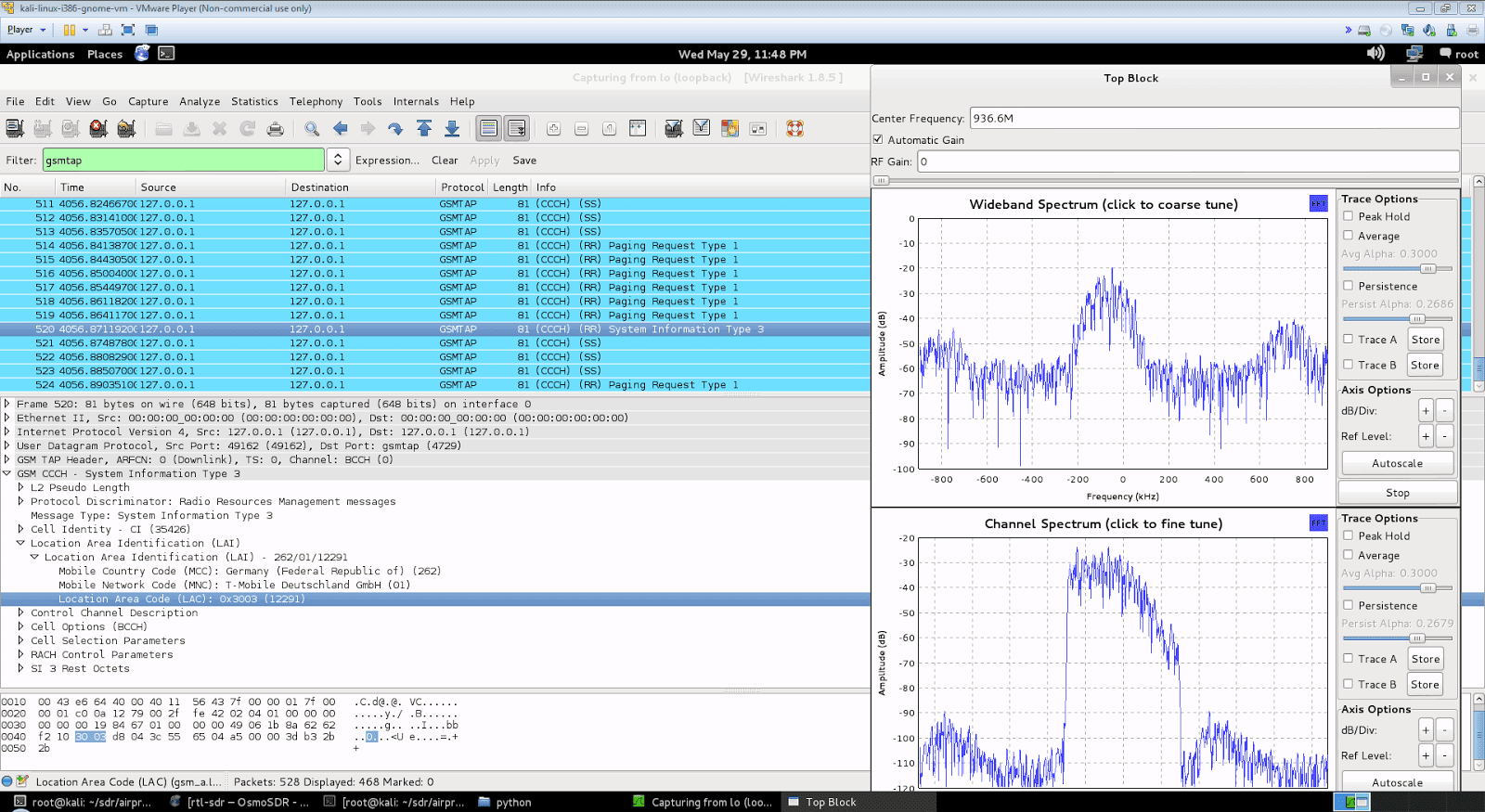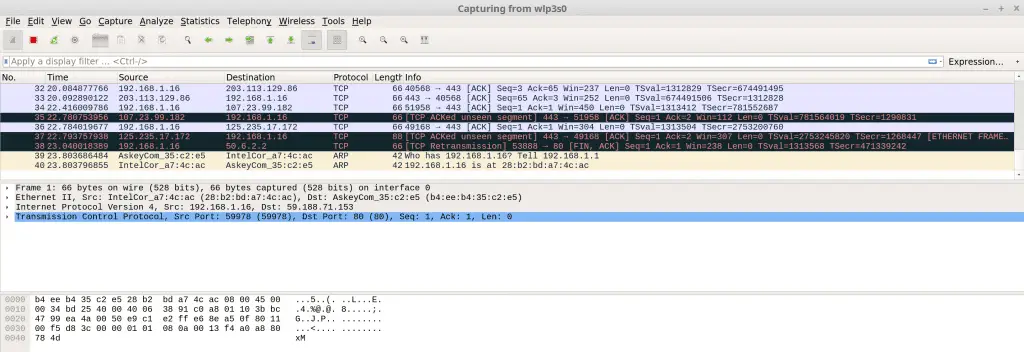

This article is written based on this version.Ĭapture filters are what the dashboard is going to use to search for packets to download. Always remember to press enter after modifying the filter, without pressing enter the filter won't be activated.Īs of April 10, 2020, the current version of Wireshark is 3.2.3. The color of the filter bar lets you know if you're on the right track: green - your filter syntax is correct yellow - proceed with caution you might get some unexpected results red - something is not right, it might be wrong syntax or wrong input, no results will be presented. All Wireshark filters are case sensitive - lowercase. If you're troubleshooting an issue, feel free to reach out to Meraki Support, who can help you understand what you might be seeing in the captures.īefore getting started, there are some things that will help when filtering with Wireshark. This guide can only scratch the surface of what can be done with Wireshark. If this is a concern, then it is recommended that you use a port mirror on the switch or use a network tap to capture data. The device is going to give higher priority to delivering the packets than capturing them. Keep in mind that captures from Meraki equipment aren't always going to display 100% of the packets that pass the device. Many times Wireshark can show the server admin that it is, in fact, NOT a network issue, but an issue where the server simply isn't responding to traffic that it's being sent.

This guide is going to be diving into some (but not all) moderate to advanced Wireshark filters that can be used to help troubleshoot and narrow down the issue. For a quick rundown of how to get started, refer to the articles below.

Meraki provides ample opportunity to gather data through packet capture. You can also use sshdump directly in Wireshark’s GUI.Network troubleshooting can be difficult and time-consuming to narrow down issues as they come up, and at some point, everyone will blame the network. One of the best tools that you can utilize is Wireshark, a free and open-source program. This command is functionally equivalent to the commands above: sshdump -extcap-interface=sshdump -capture -remote-host remotehost -remote-username remoteuser -fifo=/some/local/directory/tcpdump.pcap

You can now open up the remote capture file by using Wireshark on your computer.Īlternatively, you can use Wireshark’s remote capture tool sshdump. What if you wanted to capture and analyze traffic on a remote server? Wireshark is usually used to analyze traffic on your local network, so you would need to use a tool like tcpdump.įirst, SSH into the remote machine with an account with root access: ssh use tcpdump to capture the traffic on the remote network and save it into a PCAP file: sudo tcpdump -i eth0 -w tcpdump.pcapįinally, copy the capture file to your computer by using the scp command: scp /some/local/directory


 0 kommentar(er)
0 kommentar(er)
